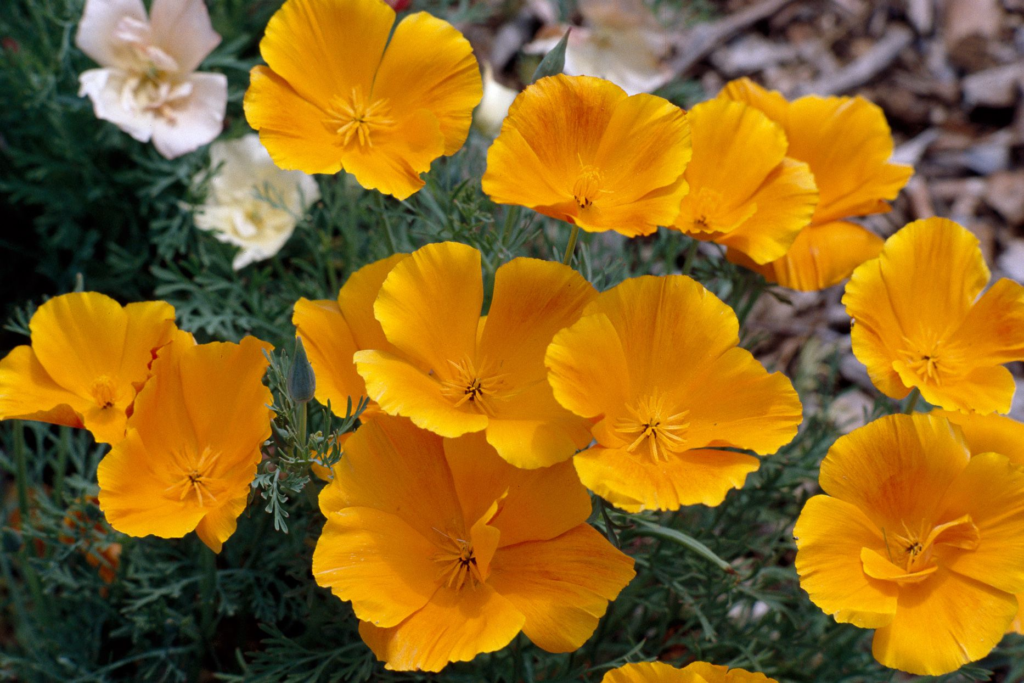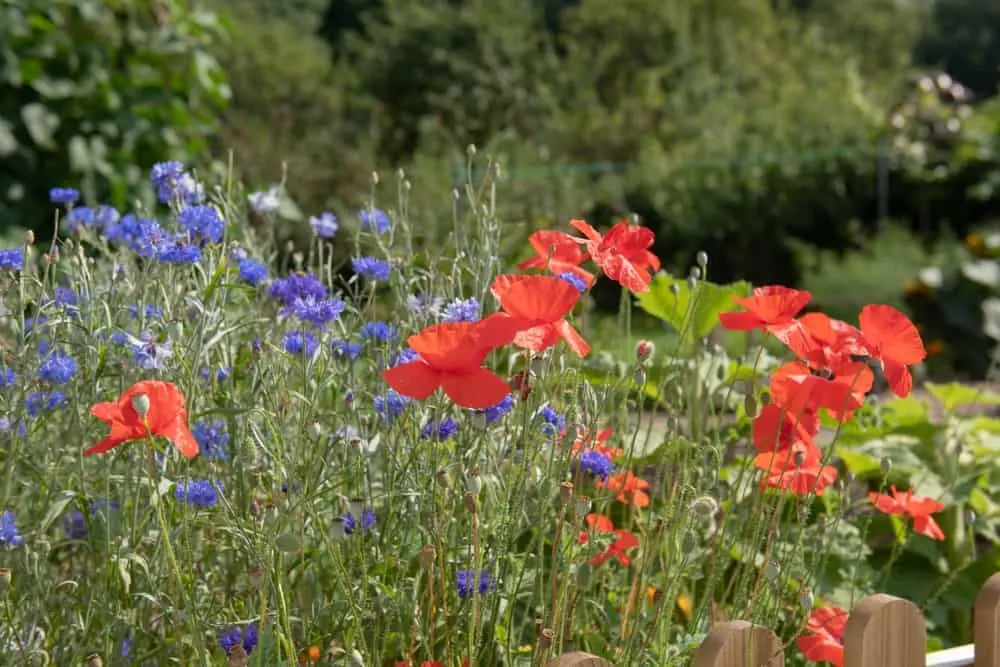Creating a garden that’s both vibrant and easy to maintain is a dream for many gardeners. The secret? Self-seeding plants. These natural wonders require minimal effort but reward you with a continuous flow of beautiful blooms and foliage year after year. By planting a few seeds or seedlings, you can watch your garden transform into a colorful, ever-evolving landscape, filled with a variety of textures and hues.
What Are Self-Seeding Plants?
Self-seeding plants, also known as self-sowers or volunteers, produce seeds that naturally fall to the ground and germinate without any help from gardeners. They have developed mechanisms to disperse their seeds through wind, water, or animals, mimicking nature’s cycle. As these seeds find suitable conditions, new plants emerge, ensuring the survival of the species.
Benefits of Self-Seeding Plants
- Low Maintenance: Once established, self-seeding plants thrive with minimal care. They adapt to your local climate, requiring little watering, fertilizing, or pest management.
- Cost-Effective: With self-seeding plants, a single planting can yield new generations of plants each year, saving you money on seeds and seedlings.
- Natural Beauty: These plants lend an authentic, wild charm to your garden, creating a relaxed and informal atmosphere.
- Adaptability: Self-seeders are well-suited to your garden’s unique conditions, making them hardy and resilient compared to non-native species.
- Promotes Biodiversity: By attracting pollinators, birds, and beneficial insects, self-seeding plants contribute to a healthy garden ecosystem.
- Continuous Blooms: Many self-seeding plants bloom throughout the season, ensuring your garden remains vibrant even as individual plants complete their life cycles.
- Dynamic Garden Evolution: As self-seeding plants grow and spread, your garden constantly changes, offering new plant combinations and unexpected beauty.
Top 12 Self-Seeding Plants to Consider
- Nigella (Love-in-a-Mist): Delicate blue or white flowers with feathery foliage create a charming, ethereal look.
- Hardiness Zone: 2-10
- Sunlight: Full sun to partial shade
- California Poppies: These vibrant orange, yellow, or red blooms thrive in sunny, dry conditions, adding a bold splash of color.

- Hardiness Zone: 6-10
- Sunlight: Full sun
- Cosmos: With daisy-like flowers in shades of pink, white, and purple, Cosmos attracts pollinators and brings elegance to your garden.
- Hardiness Zone: 2-11
- Sunlight: Full sun
- Cleome (Spider Flower): Tall spikes of spidery blooms in pink, white, or lavender add striking vertical elements.
- Hardiness Zone: 2-11
- Sunlight: Full sun to partial shade
- Larkspur: Colorful tall spires in shades of blue, purple, pink, and white make Larkspur perfect for adding vertical interest.
- Hardiness Zone: 2-9
- Sunlight: Full sun
- Forget-Me-Nots: Small, delicate blue flowers form a carpet of color, ideal for shaded areas or woodland gardens.
- Hardiness Zone: 3-8
- Sunlight: Part shade to full shade
- Borage: Bright blue, star-shaped flowers with edible leaves attract pollinators and add a fresh flavor to your garden.
- Hardiness Zone: 2-11
- Sunlight: Full sun to partial shade
- Sweet Alyssum: Fragrant white, pink, or purple flowers grow in low mounds, making it perfect for borders, containers, or hanging baskets.
- Hardiness Zone: 4-9
- Sunlight: Full sun to partial shade
- Poppies: Known for their eye-catching blooms in various colors, Poppies are a classic addition to any garden.
- Hardiness Zone: Varies by type (e.g., Oriental poppies are Zone 3-8)
- Sunlight: Full sun
- Black-Eyed Susan: Bright yellow flowers with dark centers attract butterflies and other pollinators.
- Hardiness Zone: 3-9
- Sunlight: Full sun to light shade
- Verbena bonariensis: Tall, slender stems topped with clusters of small purple flowers create a whimsical, airy effect.
- Hardiness Zone: 7-11 (often grown as an annual in colder zones)
- Sunlight: Full sun
- Hollyhocks: Towering spikes of flowers in a variety of colors bring cottage garden charm to any landscape.
- Hardiness Zone: 3-9
- Sunlight: Full sun to light shade
Conclusion
By incorporating these self-seeding plants into your garden, you can enjoy a low-maintenance, ever-evolving landscape. Their natural beauty, resilience, and ability to attract pollinators make them a great addition to any garden. With minimal effort, you’ll create a dynamic, colorful space that thrives year after year.
